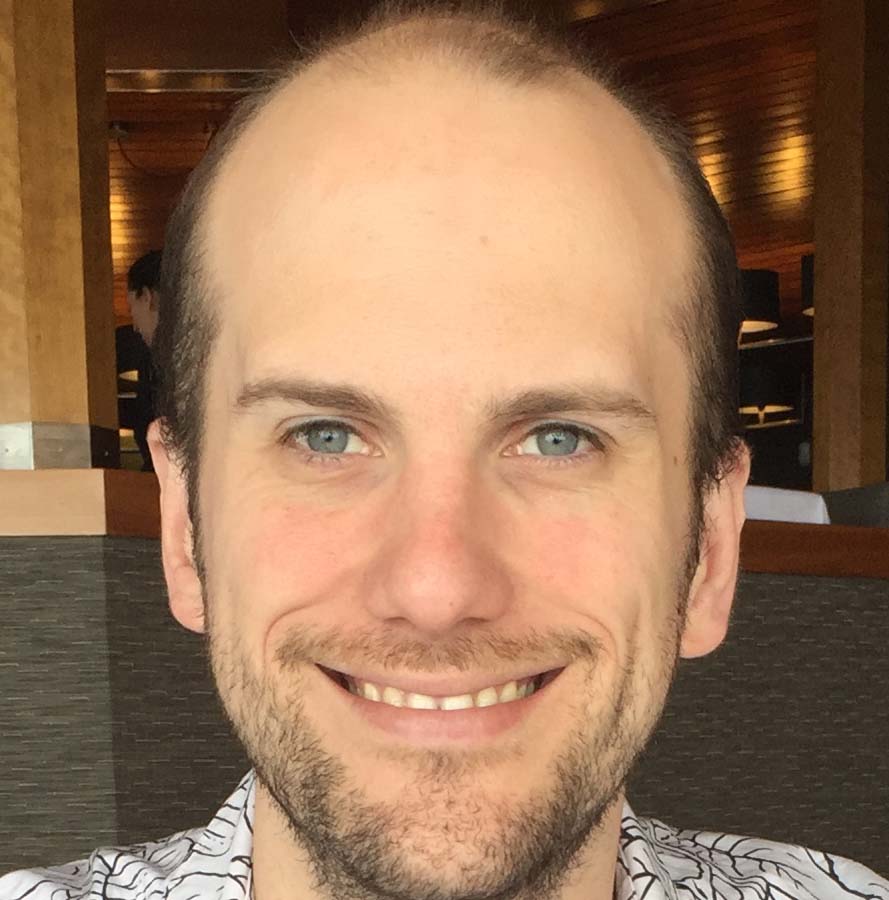There is a new space race underway, with missions to the Moon beginning to ramp up at a significant pace. In February, a spacecraft built by the company Intuitive Machines became the first US landing on the lunar surface since the last Apollo mission back in 1972.
Soon, China will launch Chang'e 6, the latest in a long line of lunar missions – one that hopes to return Moon rocks from the far side of the Moon for the first time. One NASA study even predicts that as many as 22 international missions could reach the lunar surface by late 2026. Astronauts could well leave their bootprints on the Moon again before this decade is out.
Yet, according to researchers Dr Alanna Krolikowski and Dr Martin Elvis, there is an ever-present danger that tends to get overlooked in the clamour to explore. In our rush for the Moon, we could trample over some of its most pristine and important parts, regions known as Sites of Extraordinary Scientific Importance (SESIs).
They argue that these spots need protecting, just as we carefully guard Sites of Special Scientific Interest here on Earth.
“The matter is urgent,” says Krolikowski, a researcher at the Missouri University of Science and Technology. “We face a rapidly closing window during which we can implement SESI protections to avert some of the worst forms of irreversible harm.”
Two areas of the Moon particularly stand out. The first is the far side that always points away from the Earth.
“It is probably the best place for radio astronomy in the Solar System because it is shielded from Earth's artificial radio noise,” says Prof Ian Crawford, from Birkbeck College London, who has also argued for careful management of our activities on the Moon.
Read more:
- A race is afoot to make billions from the Moon's resources. Here's the story so far
- The next giant leaps: The UK missions getting us to the Moon
- Why we need to go back to the Moon
A radio telescope positioned on the far side of the Moon could help astronomers peer into the Cosmic Dark Ages – the first few hundred million years after the Big Bang before the first stars and galaxies had fully formed.
The telescope would be able to pick up long ultra-long radio waves that are reflected by Earth's atmosphere and therefore impossible to study from the ground.
“This means spacecraft operating on the far side will need to minimise radio transmissions and have their electronics well shielded,” says Crawford.
The second stand-out spot is the lunar poles. They are home to particularly cold and shadowy regions where light from the Sun never reaches. These regions trap chemicals known as volatiles that would normally escape, chemicals that were delivered to the Moon by asteroid and comet impacts billions of years ago. As such, they provide us with an unparalleled snapshot into the history of the Solar System.
The trouble is that one of those volatiles is water ice, which is also celestial gold dust for human space exploration.
The ice can be melted for water to drink and clean with but also split into hydrogen for rocket fuel and oxygen for breathing. NASA's Artemis programme, which aims to return humans to the Moon in the coming years, is targeting the lunar south pole for this very reason. And about half of all upcoming moon missions are also heading to the region.
“The main thing is to avoid contaminating volatiles trapped in permanently shadowed regions with rocket exhaust gases and excessive dust generation,” says Crawford. “It is important that such contamination does not occur before we have had a chance to examine these regions in their pristine state.”
So what do we do? Krolikowski and Elvis are proposing a two-part plan.
“First, scientists must make an urgent priority of identifying and characterising lunar SESIs in need of protection,” says Krolikowski. “Second, scientists must join policymakers to ensure that rules protecting these sites are enshrined in national space policies and in international processes that govern outer space activities. The best time to protect lunar SESIs is now."
Crawford agrees. “Activity on the Moon is ramping up quickly, so now is the right time to consider these issues before it is too late,” he says.
Not that it's a straightforward task. Different countries, space agencies and now even private companies are exploring the Moon. “Once actors have decided on and invested resources in mission and hardware designs, these will grow far more difficult to change,” Krolikowski says.
Then there's the fact that international diplomacy is often a difficult balancing act, as the COP climate summits have shown us.
“Negotiations will have to be carried on under UN auspices and there are often geopolitical obstacles to such international discussions,” Crawford says. “However, this is not a reason not to start these negotiations that I think are really essential.”
Further exploration and exploitation of the Moon is inevitable, but we only have one chance to preserve the Moon's unique habitats and hidden secrets. It's imperative that we get it right.
About our experts
Dr Alanna Krolikowski is an Assistant Professor of Political Science at the Missouri University of Science and Technology where she researches policy for space activities. Her research has been published in the academic research journals Space Policy, Global Policy, Philosophical Transactions of the Royal Society, the Journal of International Relations and Development, New Space, and the International Studies Review.
Martin Elvis is an astronomer based at the Harvard-Smithsonian Center for Astrophysics where he researches space economy, law and ethics. His research has been published in Nature and the Astrophysical Journal.
Prof Ian Crawford is a planetary scientist based at Birkbeck University where he specialises in lunar science and exploration. His research has been published in Nature Astronomy, Astronomy and Geophysics and Reviews in Mineralogy and Geochemistry.
Read more:
